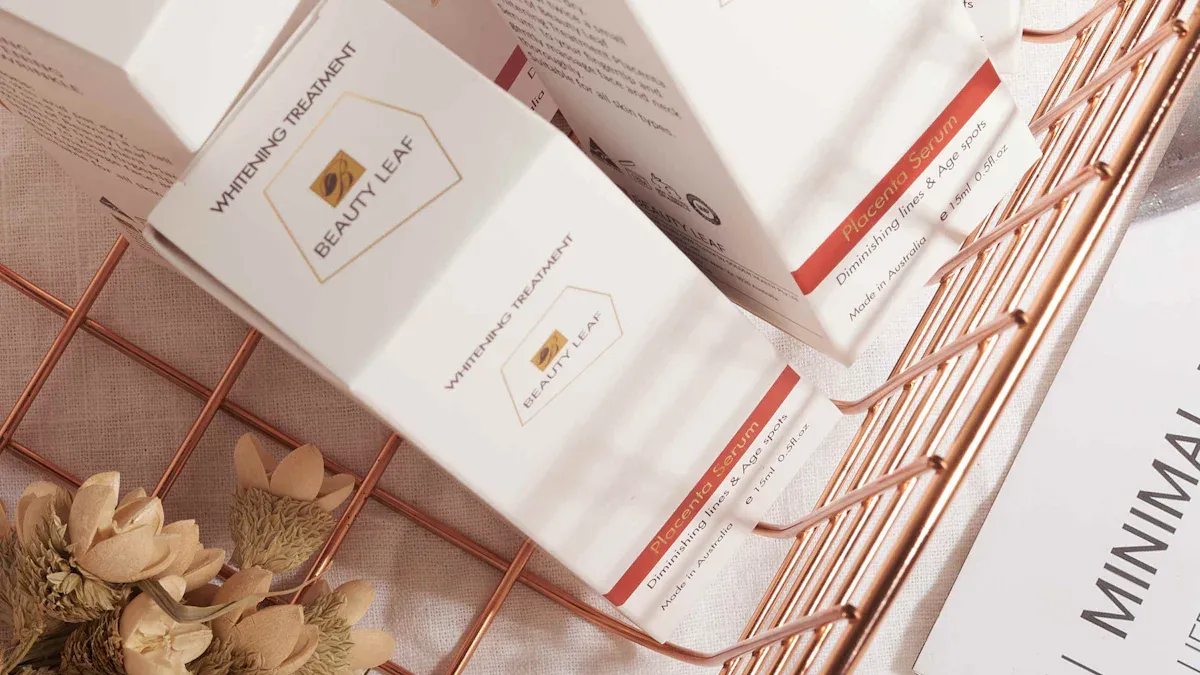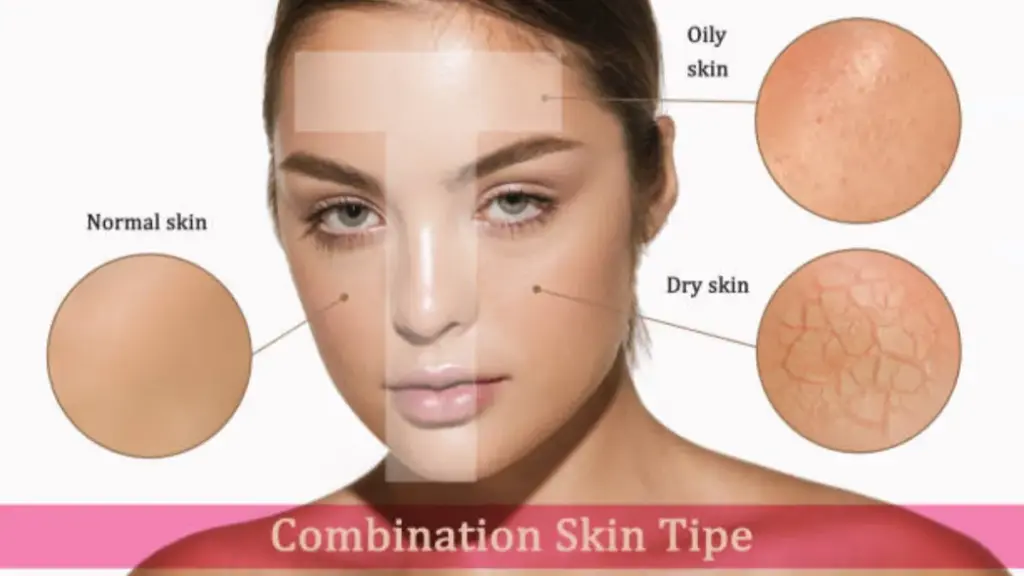
Shipping beauty products internationally requires careful attention to international shipping regulations. You must follow these rules to avoid potential penalties or delays. Each country enforces unique requirements for importing cosmetics, making compliance crucial. Proper planning helps you navigate these complexities effectively.
Knowing product-specific regulations, like those for perfumes containing alcohol, ensures smooth shipping.
Understanding country-specific rules prevents costly mistakes and rejected shipments.
By prioritizing compliance and preparation, you can ship beauty products confidently and avoid common pitfalls.
Understanding International Shipping Regulations
Navigating international shipping regulations for beauty products can feel overwhelming, but understanding the basics makes the process manageable. Each country has unique rules, and staying informed ensures smooth operations and avoids unnecessary delays.
Global Standards for Cosmetics International Shipping
Global regulations provide a foundation for shipping beauty products across borders. These standards ensure product safety, quality, and compliance with international trade laws. Some of the most recognized guidelines include:
ISO 22716:2007: Offers Good Manufacturing Practices (GMP) for cosmetic products, focusing on quality and safety.
ASEAN Cosmetics GMP Guidelines: Ensures uniformity in cosmetic regulations across Southeast Asia.
FDA Cosmetic Good Manufacturing Practice Guidelines: Sets safety and quality benchmarks for cosmetics in the United States.
EU Cosmetics GMP Guidelines: Regulates cosmetic products within the European Union.
EFfCI GMP for Cosmetic Ingredients: Focuses on the quality of raw materials used in cosmetics.
For example, Australia requires proper labeling and adherence to product safety standards, while the UAE mandates registration and safety compliance for imported cosmetics. Following these global regulations not only ensures compliance but also builds trust with international customers.
Navigating Country-Specific Regulations for Beauty Products
Country-specific regulations often vary significantly, making it essential to research the requirements of your target market. For instance, exporting cosmetics to Latin America involves understanding local health and safety regulations, as well as customs documentation. Similarly, shipping makeup internationally to the European Union requires compliance with strict product regulations, including ingredient transparency and eco-friendly packaging.
Recent trends highlight the importance of staying informed. A global survey revealed that 65% of beauty consumers actively seek products in environmentally friendly packaging. Additionally, 23% of Gen Z and 24% of millennial shoppers purchased beauty products cross-border in the past year. These statistics emphasize the growing demand for sustainable and compliant products.
Common Compliance Challenges and Solutions
Compliance challenges often arise due to outdated systems, lack of knowledge, or mismanagement of documentation. For example, Elizabeth Arden faced difficulties with international shipping due to an outdated documentation system. By implementing the QAD Global Trade and Transportation Execution (GTTE) system, the company streamlined its processes, reduced errors, and improved customer satisfaction.
To overcome common challenges, consider these best practices for shipping:
Use reliable logistics partners with expertise in cosmetics international shipping.
Ensure accurate and complete documentation to avoid customs delays.
Stay updated on global regulations and country-specific requirements.
Invest in technology to automate compliance processes and reduce errors.
By addressing these challenges proactively, you can ensure smooth operations and maintain customer trust.
Packaging and Labeling for Shipping Beauty Products

Proper packaging and labeling are essential when shipping cosmetic products internationally. They ensure product safety, compliance with regulations, and a positive customer experience. By focusing on secure packaging, accurate labeling, and sustainable options, you can meet global standards and build trust with your customers.
Ensuring Safe and Secure Packaging for International Transit
Shipping cosmetic products internationally requires packaging that protects items from damage during transit. Fragile items like glass bottles or jars need extra care to prevent breakage. Using materials such as bubble wrap, foam inserts, or air cushions can provide the necessary protection. Tamper-evident features, such as seals or shrink bands, are also critical. These features reassure customers that the product has not been compromised, maintaining both safety and trust.
Packaging standards like ISTA (International Safe Transit Association) and ASTM (American Society for Testing and Materials) provide guidelines for secure packaging. For example, ISTA 1 Series tests the integrity of packaging, while ASTM D4169 evaluates the performance of shipping containers. Adhering to these standards ensures your packaging meets international requirements and reduces the risk of damage.
Standard | Description |
|---|---|
ISTA 1 Series | Non-Simulation Integrity Performance Tests |
ISTA 2 Series | Partial Simulation Performance Tests |
ISTA 3 Series | General Simulation Performance Tests |
ASTM D4169 | Standard Practice for Performance Testing of Shipping Containers |
By following these guidelines, you can ensure your products arrive safely, even after long journeys.
Labeling Requirements for Shipping Cosmetics Internationally
Accurate labeling is a cornerstone of cosmetics international shipping. Labels must comply with the regulations of the destination country to avoid customs delays or rejections. Essential information includes the product name, ingredients, net weight, and country of origin. Including Harmonized System (HS) codes and an export certificate can further streamline the customs process.
In some markets, such as Turkey, cosmetics must be shipped through local distributors. This highlights the importance of providing clear and accurate information. Misleading labels can lead to complications. For instance, a nail polish labeled “red wine” was flagged as an alcoholic item during customs inspection. To avoid such issues, ensure your labels are precise and compliant with local requirements.
Sustainable and Eco-Friendly Packaging Options
Sustainability is becoming a key factor in packaging decisions. Many consumers now prefer eco-friendly options, and governments worldwide are implementing stricter regulations. For example, Germany’s Packaging Act imposes recycling fees on manufacturers, while U.S. states like California are banning single-use plastics. By adopting sustainable packaging, you can reduce environmental impact and appeal to eco-conscious customers.
The global market for sustainable packaging is growing rapidly. In Europe, it accounted for over 39% of the market share in 2023, up from 36.7% in 2020. In the U.S., 61% of consumers consider sustainability when making purchases. Using recyclable materials, biodegradable plastics, or reusable containers can help you align with these trends.
Region | Evidence |
|---|---|
Europe | Over 39% of the global market share in sustainable packaging in 2023, up from 36.7% in 2020. |
North America | 61% of U.S. consumers consider sustainability in their purchases. |
Asia-Pacific | Sustainable packaging market valued at $44.67 billion in 2024, projected to double by 2034. |
Switching to sustainable packaging not only benefits the environment but also enhances your brand image. Customers are more likely to support brands that prioritize eco-friendly practices.
Customs and Documentation for Shipping Cosmetics Internationally

Navigating the customs process is a critical step in shipping cosmetics internationally. Proper documentation ensures smooth customs clearance and avoids delays or penalties. By understanding the essential paperwork and common pitfalls, you can streamline the process and ensure compliance with international regulations.
Essential Documents for International Shipping of Beauty Products
Accurate documentation is the backbone of cosmetics international shipping. Missing or incorrect paperwork can lead to significant delays. To avoid such issues, ensure you prepare the following:
Commercial Invoice: This document includes product descriptions, values, and transaction details. It serves as proof of sale and is vital for customs clearance.
Packing List: A detailed breakdown of the shipment’s contents helps customs officials verify the package.
Certificates of Origin: These confirm where the products were manufactured and are often required by the destination country.
Bill of Lading: This contract between the shipper and carrier outlines shipment details and acts as a receipt.
Arrival Notice: This informs you when your shipment reaches its destination, allowing you to plan for customs clearance.
Familiarize yourself with the destination country’s restrictions and labeling requirements to avoid complications.
Avoiding Customs Delays and Rejected Shipments
Customs delays can disrupt your shipping timeline and increase costs. Common pitfalls include:
Incorrect or incomplete documentation, such as mismatched invoices or missing HS codes.
Unpaid import taxes and duties, which prevent shipments from being released.
Declaring inaccurate product values, leading to penalties or additional inspections.
Shipping prohibited or restricted items without the necessary permits.
High-value shipments, which often undergo extra scrutiny.
To minimize these risks, double-check all paperwork, ensure taxes and duties are paid, and verify that your products comply with the destination country’s restrictions.
Tip: Partner with a reliable logistics provider experienced in shipping beauty products. They can help you navigate customs regulations and avoid common mistakes.
Tips for Accurate and Efficient Documentation
Efficient documentation is key to avoiding customs issues. Follow these best practices to ensure accuracy:
File Importer Security Filings (ISF) at least 24 hours before vessel departure.
Use precise product descriptions and correct HS codes to classify your cosmetic products.
Submit all required documents, including commercial invoices, packing lists, and certificates of origin, on time.
Avoid common mistakes like vague descriptions or late submissions.
Work with customs brokers or experts to stay updated on changing restrictions and requirements.
By prioritizing accurate documentation, you can simplify the customs process and ensure your shipments reach their destination without unnecessary delays.
Cost-Effective Strategies for Shipping Beauty Products
Choosing the Right Shipping Carrier for Cosmetics International Shipping
Selecting the right shipping carrier plays a crucial role in managing costs and ensuring timely delivery. Different carriers offer unique strengths tailored to specific needs. For example:
DHL: Known for fast and reliable international shipping, it handles small parcels and dangerous goods efficiently.
FedEx: Ideal for delicate shipments, it provides climate-controlled options and excellent customer service.
DB Schenker: Best for European shipping, offering cost-effective solutions and a wide network.
Carrier | Strengths | Services Offered |
|---|---|---|
DHL | Fast and cheap international shipping, handles dangerous goods | Air & ocean shipping, express delivery |
FedEx | Competitive rates, climate-controlled shipping, excellent customer service | Overnight and two-day delivery, LTL |
DB Schenker | Extensive network in Europe, cost-effective options | Land, air, ocean freight, parcel delivery |
Choosing a carrier that aligns with your business needs ensures smooth operations when shipping cosmetics internationally.
Bulk Shipping vs. Individual Orders: Cost and Efficiency
Bulk shipping often proves more cost-effective than individual orders. It reduces per-unit costs and minimizes shipping expenses. For instance:
Purchase Method | Total Cost | Shipping Cost | |
|---|---|---|---|
Individual Orders | $20 | $450 | $9.99 |
Bulk Orders | $5 | $525 | $100 |
Buying in bulk lowers the cost per unit and avoids frequent, last-minute purchases at full retail prices. While the upfront cost may seem higher, the long-term savings benefit your bottom line. Bulk shipping also aligns with the growing demand in the global beauty market for efficient and sustainable practices.
Negotiating Shipping Rates and Reducing Costs
Negotiating shipping rates can significantly reduce expenses. Many carriers offer discounts for high-volume shipments or long-term partnerships. Start by comparing rates among carriers and identifying those with flexible pricing structures. Highlight your business’s potential to generate consistent shipping volumes. This approach strengthens your position during negotiations.
Additionally, consider consolidating shipments to reduce costs. Combining multiple orders into one shipment minimizes handling fees and import taxes. Leveraging technology, such as shipping management software, can also help you track expenses and identify cost-saving opportunities.
By implementing these strategies, you can optimize your shipping process and remain competitive in the global beauty market.
Staying Updated on Country-Specific Regulations and Seeking Expert Advice
Monitoring Changes in International Shipping Regulations
Staying informed about country-specific shipping regulations is essential for smooth operations. Regulations often change, and failing to comply can result in delays or penalties. You can use resources like government websites, industry newsletters, and compliance databases to track updates. For example, some U.S. states have introduced specific packaging rules:
State | Regulation Description | Action Required |
|---|---|---|
California | Prohibits misleading recycling labeling on products sold in California. | Prepare to include accurate recycling information and labeling on product packaging. |
Colorado | Requires that products labeled as compostable be certified by a trusted third party. | Ensure that any product or packaging presented as compostable is certified and labeled accurately. |
New Jersey | Reduces waste and transportation emissions from shipping materials. | Ensure that the volume of shipping materials is not greater than two times the volume of products. |
By monitoring these changes, you can adapt your processes and avoid compliance issues.
Leveraging Technology for Compliance and Tracking
Technology plays a vital role in managing compliance and tracking shipments. Tools like Radial and ULTRUS™ simplify these tasks. Radial focuses on client needs, offering solutions for peak management and geographical expansion. ULTRUS™ helps companies navigate regulatory and sustainability challenges effectively. These tools streamline documentation, track compliance, and reduce errors.
Tip: Investing in software solutions can save time and ensure accuracy in meeting international shipping requirements.
Consulting Experts and Trusted Manufacturers like Oully
Consulting industry experts ensures you stay ahead of regulatory challenges. Former FDA officials and experienced executives provide valuable insights into navigating complex regulations. Their expertise helps you avoid costly mistakes and ensures compliance with international standards.
Partnering with trusted manufacturers like Oully can also simplify the process. Oully’s extensive experience in beauty product manufacturing and shipping ensures your products meet global standards. Their FDA-, ISO-, and cGMP-certified facility guarantees quality and compliance. By working with experts, you can focus on growing your business while ensuring smooth international shipping.
Note: Collaborating with knowledgeable partners reduces risks and builds trust with your customers.
Understanding and following international shipping regulations is essential for successfully shipping beauty products. Proper packaging, accurate documentation, and cost-effective strategies ensure smooth operations and customer satisfaction. Adopting standards like ISO 22716:2007 guarantees consistent product quality, while accurate product classification prevents customs delays.
Tip: Conduct a landed cost analysis to calculate total shipping expenses, including duties and taxes. This approach helps you avoid unexpected costs and ensures compliance with global markets.
Stay proactive by monitoring regulatory updates and consulting experts. These steps will help you expand your business confidently and maintain compliance across borders.
FAQ
1. What are the most common mistakes when shipping beauty products internationally?
Incomplete documentation, incorrect labeling, and failing to meet packaging standards are frequent errors. These mistakes cause customs delays and rejected shipments. Double-check your paperwork, follow labeling rules, and use secure packaging to avoid these issues.
2. How can you ensure your beauty products comply with country-specific regulations?
Research the destination country’s rules before shipping. Check ingredient restrictions, labeling requirements, and import permits. Use reliable resources like government websites or consult experts to stay informed.
3. Are eco-friendly packaging options mandatory for international shipping?
Not all countries require eco-friendly packaging, but many consumers prefer it. Some regions, like Europe, enforce sustainability laws. Using recyclable or biodegradable materials can enhance your brand image and meet growing environmental expectations.
4. What should you do if your shipment gets delayed at customs?
Contact your logistics provider immediately. Review your documentation for errors or missing details. Pay any outstanding duties or taxes. Partnering with customs brokers can help resolve issues faster.
5. Can you ship beauty products containing alcohol internationally?
Yes, but alcohol-based products like perfumes require special handling. Check the destination country’s restrictions and ensure proper labeling. Use carriers experienced in shipping dangerous goods for smooth transit.
















